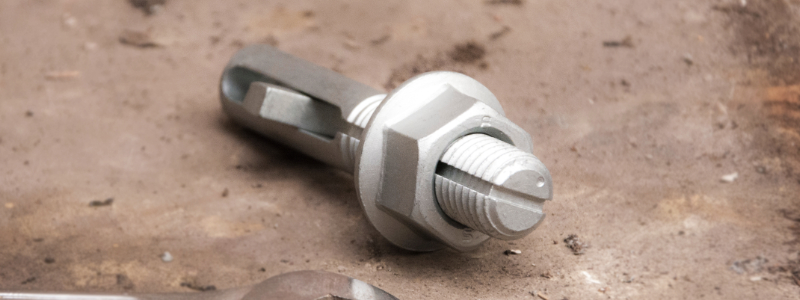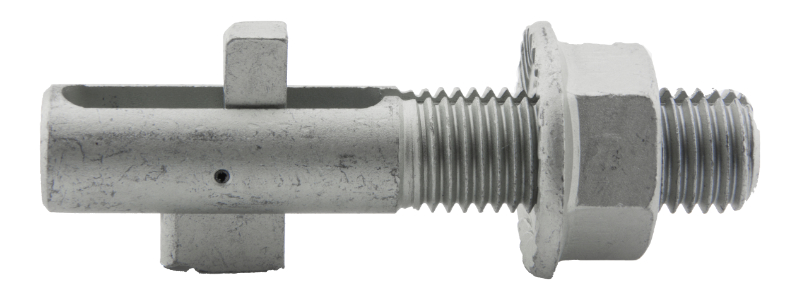4 Types of Fasteners Used Within Rail Construction
Blind Bolt US | 30th March 2021

Blind Bolts
The rail construction industry generally makes use of four main types of fastener, each of which comes with its own unique attributes and applications. The four types are blind bolts, fang bolts, spring spikes and screw spikes.
Blind Bolt Fasteners
Blind Bolts are the popular fastening choice for a wide range of rail construction projects, thanks to the fact that they can be utilized with the minimum of disruption for passengers and rail staff alike. The Blind Bolt is generally accepted as being a high performance fixing solution which is reliable and has been certified as offering the best solution for fitting automatic warning system (AWS) units onto steel sleepers in a secure manner.
As AWS units represent the core of the wider rail safety system it is imperative that they can be fitted in a manner which is safe and convenient, and blind bolt fasteners tick every one of these boxes and more. They offer total peace of mind through a unique combination of strength, durability, ease of use and convenience.
No specialist tools are required when working with Blind Bolts, which makes them the ideal choice for a wide range of infrastructure maintenance and construction projects. Access difficulties and the fact that disruption to services must be minimized means that the tasks in question have to be carried out quickly and efficiently, and Blind Bolts make this possible.
Fang Bolts
Fang bolts are also known as rail anchor bolts, and they are utilized by being placed inside a hole in an individual sleeper. The ‘fanged’ shape which is then created by the specialized design of the bolt means that the piece of equipment being fixed is anchored securely in place and cannot shift or move in any direction.
The unique design of a fang bolt makes it highly resistant to movement on the rail tracks, something which is extremely important when the size, weight and force of the average train is taken into consideration. The vibrations caused by trains require the use of a highly specialized bolt of this kind, a fastener which is regarded as being far more reliable than an ordinary screw.
The security and stability offered by fang bolts means that they are often the fastener of choice in vital locations such as the switch tie plate, and also when the railing has to be fixed to follow abrupt and sharp twists and turns. This versatility makes them the ideal choice for several facets of rail construction as a whole.
Spring Spikes
Spring spikes are also known as elastic spikes. They are usually very large and are installed via a pre-drilled hole in the sleeper being worked on. Once installed, they work to keep the track securely in place and prevent it moving or tipping.
Screw Spikes
Screw spikes are another of the larger fasteners available, and are usually used to fix a tie plate to the railway track. The installation process involves drilling a hole into the sleeper, with that hole then housing the screw spike to create a highly secure fastening.
Although screw spikes tend to cost more than the alternatives such as rail spikes, they make up for this by offering extreme fixing power, and can be combined with spring washers in order to provide increased functionality. Another selling point is the fact that screw spikes bring down the cost of maintaining railways once they are in place, especially when compared with the use of standard rail spikes.
Bolted Shut
Would you like to learn more about blind bolt fasteners and whether they are the right fastener choice for your project? Check out our guide to discover what a blind bolt is, and what blind bolts are used for by clicking here. You can also get in touch and speak to a member of the BlindBolt team today by using the contact form below. Alternatively, you can contact a member of our team today on (630)882-9010 or, by emailing a member of the BlindBolt team at enquiries@blindbolt.com. We look forward to hearing from you.

Blind Bolt